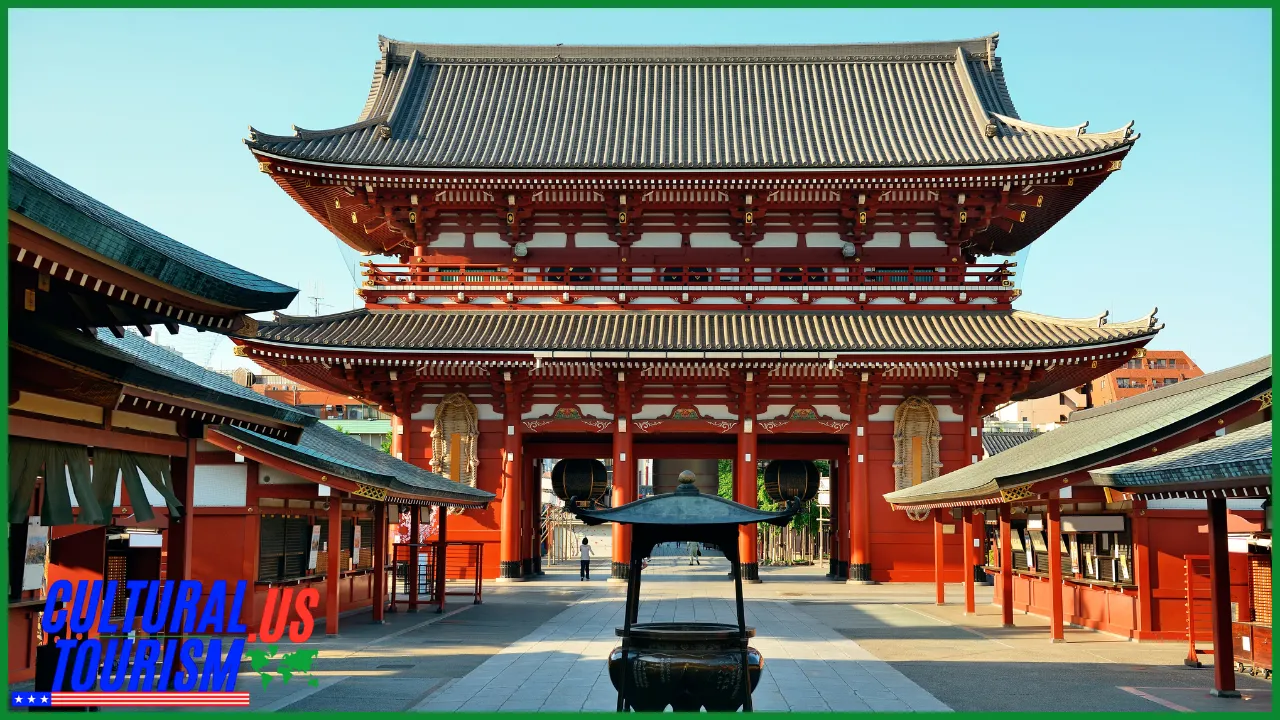Discovering Japan’s Ancient Treasure: Horyu-ji Temple
Okay, so let’s set the scene: you’re in Japan, surrounded by neon lights and bustling city life, and suddenly you find yourself yearning for a moment of peace, history, and maybe a dash of Zen. Enter Horyu-ji Temple, the oldest wooden structure in Japan, nestled in the serene landscapes of Nara. Now, if you’re wondering, “Why should I care?”—well, my friend, let me assure you, this place is a cultural heavyweight champion!
A Brief History of Horyu-ji
Constructed in the early 7th century, Horyu-ji is not just a structure; it’s a history time machine. Built by Prince Shotoku, a legendary figure who promoted Buddhism in Japan, this temple has survived the test of time (you know, unlike your high school crush). With its wooden frame, it’s withstood earthquakes, fires, and probably even a few typhoons that could give a tornado a run for its money!
What Makes It Special?
- Architectural Marvel: Horyu-ji showcases some of the earliest examples of wooden architecture in the world. It’s like stepping into a scene from a period drama—just skip the awkward “are we there yet?” moments.
- Buddhist Treasures: The temple houses a plethora of ancient artifacts, including sculptures and paintings that are invaluable to the world of art and history. Honestly, if these walls could talk, they’d probably tell you to chill out and enjoy the moment!
- UNESCO World Heritage Site: In 1993, it was designated as a UNESCO World Heritage Site. You know it’s legit when UNESCO gives a thumbs up!
Getting There: The Journey to Peace
Now, let’s get down to the nitty-gritty of how to visit this historical gem. Here’s the step-by-step guide, straight outta my travel diary:
1. Choose Your Mode of Transport
- Train: Jump on the Kintetsu Nara Line from Osaka or Kyoto. You’ll have some window views that will make your Instagram followers a little jelly.
- Bus: For a more local flavor, hop on a bus from Nara Station. Keep your eyes peeled—you might bump into some friendly deer along the way!
2. Entry Fees
Your wallet will thank you! Entry to Horyu-ji is about ¥150 for the main temple area, and a few more yen if you want to check out those fancy halls. Totally worth it!
3. Best Time to Visit
While Horyu-ji is a delight any time of year, the cherry blossoms in spring are a whole new level of gorgeous. Just remember to book your tickets in advance during peak seasons unless you’re planning to camp out like a true adventurer!
Insider Tips and Tricks
Want to make your visit even better? Here are some pro tips from seasoned travelers:
- Guided Tours: If you want the full scoop on history, consider joining a guided tour. Trust me, those fun facts can really change a boring history lesson into a fascinating story.
- Respect the Culture: Remember, this isn’t just a photo op—it’s a sacred site. So, keep it down, and maybe leave the selfie stick at home (or not, depending on how many followers you have).
- Try the Local Cuisine: After soaking up all that history, treat yourself to some local delicacies. Your taste buds will thank you later!
Wrapping It Up: Your Journey Awaits
In conclusion, a visit to Horyu-ji Temple isn’t just another tick on your travel bucket list; it’s an enriching experience that connects you with Japan’s long-standing history and culture. So, go ahead and take that trip—you’re not just visiting a temple; you’re stepping into a living piece of history that has stood the test of time! And hey, if you found this article helpful, share it with a friend who needs to book their flight to Japan stat!
Quick Tips for Your Japanese Adventure
| Category | Details |
|---|---|
| Currency | The Japanese Yen (JPY) is your new best friend. Cash is king here, so bring a bit of it along. Some places don’t accept cards, and you don’t want to be that traveler stuck doing math in your head at a vending machine! |
| Time Zone ⏰ | Japan operates on Japan Standard Time (JST), which is UTC+9. No daylight saving time here, so don’t be late to your temple visit! |
| Weather ☀️ ️ | Japan has four distinct seasons. Spring (March to May) is cherry blossom central, summer (June to August) can be hot and humid, autumn (September to November) shows off vibrant foliage, and winter (December to February) is chilly, great for hot springs but potentially less mild. |
| Transportation | The public transport system is immaculate! Get yourself a Japan Rail Pass if you’re planning to hop between cities. For local trips, trains are efficient, and remember, silence is golden in the train—think of it as a mobile Zen zone! |
| Language ️ | While many Japanese folks can communicate in English, it’s handy to know a few basic phrases in Japanese. A simple «arigato» (thank you) can go a long way! |
| Etiquette | Be mindful of local customs. Bowing is a norm when greeting, and taking off your shoes before entering homes or certain temples is expected—your socks should thank you! |
| Helpful Apps | Download apps like Google Maps for navigation, and if you feel lost, Google Translate might save your day. Remember, a picture of a food item can break the language barrier! |





